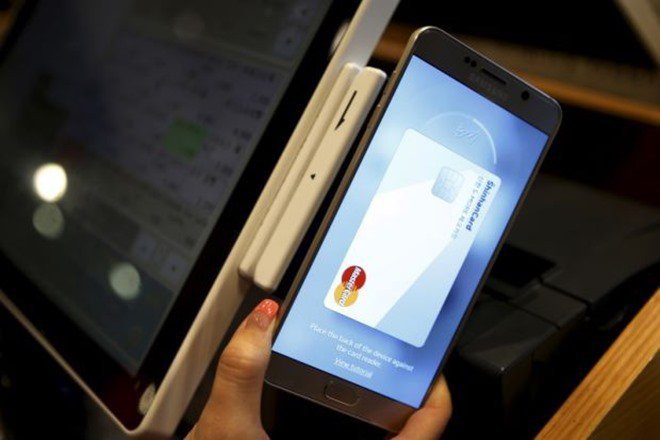GST: DGFT wants GST Council to create an e-wallet facility to ease exporters fears
The Financial Express
By The Financial Express
February 27, 2017 5:38 AM
Showing allegiance to exporters who fear that the proposed policy of tax refunds — as opposed to exemptions — for exports under the Goods and Services Tax (GST) regime will jack up their capital costs.

Showing allegiance to exporters who fear that the proposed policy of tax refunds — as opposed to exemptions — for exports under the Goods and Services Tax (GST) regime will jack up their capital costs. (Source: Reuters)
Showing allegiance to exporters who fear that the proposed policy of tax refunds — as opposed to exemptions — for exports under the Goods and Services Tax (GST) regime will jack up their capital costs, the Director General of Foreign Trade (DGFT) has written to the GST Council, saying that, instead, an e-wallet facility could be created for virtual payment of taxes so that the GST chain is not disrupted.
“The provision for no-exemption-and-only-refund (as proposed in the model GST law) will lead to blockage of about R1,85,500 crore annually for manufactured goods exporters,” an official source, with direct knowledge of the DGFT’s move told FE. “This estimate assumes exports of $200 billion, 30% value addition and cost of capital of 12%,” the source said.
The reason behind the GST Council’s decision is the notion that the present system of tax exemptions under various export promotion schemes will besmirch the integrity of the proposed comprehensive indirect tax, the hallmarks of which are envisaged to be an uninterrupted chain of taxation and seamless input tax credits.
Exporters, on the other hand, cite their practical experience of state VAT refunds getting unduly delayed, leading to increased capital requirement/working capital problems. “The capital cost for the government is lower than that of the exporters.. the government should also consider the possible consequences of hurting exporters’ competitiveness when the global demand is weak and exports are struggling to recover,” said Ajay Sahai, director-general and CEO, Federation of Indian Export Organisations.
The DGFT has also urged the Council to continue with the current practice of treating supplies to projects under global bidding, mega power plants and World Bank-funded projects as “deemed exports.” The council had mooted removal of this tag which will make these supplies taxable.
However, with the latest revision, GST model law has addressed the exporters’ concern with regard to GST’s impact of special economic zones (SEZs). These zones and the units therein, many of which not in good shape with average value addition just around 10%, are now eligible for duty-free import of inputs. Imports into SEZs will continue to be exempted from both basic customs duty (which will continue in GST regime) and integrated GST (IGST), which will replace the present countervailing and special additional duties on imports, sources said.
“There is however an area of concern regarding possible taxation of inter-unit transfers in SEZs,” Sahai said. Currently, exporters can import inputs duty-free under advance-licence and duty-free import authorisation schemes. They are also eligible for excise duty exemption for domestic sourcing of inputs. Besides, the export promotion capital goods scheme allows duty-free imports of machinery against export obligations (which are up to six times the tax foregone).
Under the council’s proposal, manufacturer-exporters will require to pay IGST on inputs and then seek its refund. Also, merchant exporters, who source domestic goods and export, will require to pay IGST on exports and then ask for credits. While duty waiver will be available in regard to basic customs duty, IGST will have to be first paid by the exporter although he can subsequently seek its refund.
While the GST Council, that comprises the central and state governments, is committed to the principle that exports should be tax-free, it reckons that exporters should be made to pay taxes at the time of a transaction so that the GST chain is intact. Refunds, the model GST law says, will be given in “a reasonable period of time.” Sahai said although it is said that 90% of the VAT credit (refunds) will be paid in 30 days after shipment and the balance 10% (which are scrutinised) in 180 days, in practice, these refunds get delayed. So, there is an apprehension that in GST system, this problem will be compounded.
The DGFT has suggested that exporters be allowed to pay the taxes through e-currency – which could be in the nature of an I Owe You (IOW) certificate under which a firm would agree to set off its IOUs with actual payment within a year or at the time of completion of exports whichever is earlier. A firm, the official quoted above said, could be allowed to use IOU equal to the value of its past year’s export performance.